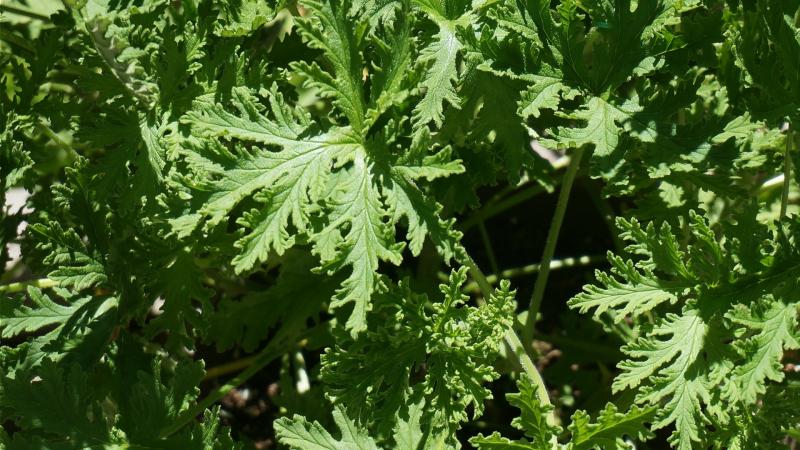
Plants belonging to the genus Parthenium are native to the North American tropics. These hardy plants have moved out of their native range and colonized far off countries like Australia, parts of Africa and even India. The species hysterophorus belonging to this genus has earned common names like famine weed as spreads it into farm lands, uses up the nutrients in the soil and causes devastating loss in yield of crops.
In a recent study an international team of scientists from Department of Biotechnology, Jamia Millia Islamia (Central University), New Delhi, Science College, King Saud University, Riyadh, Saudi Arabia and Alexandria University, Egypt have studied how this plant copes with drought and increased salinity of the soil. The genetic makeup of a plant governs how it can adapt to the environment outside by modulation and adaptation at the levels of morphological features, antioxidant system and osmoregulation. Since Parthenium hysterophorus is spread far and wide in all kinds of environments, it was considered to be an ideal organism to study the changes a plant makes to adapt to its external surroundings.
From their experiments the researchers found that conditions of drought cause change in abundance of 31 proteins, while highly saline conditions cause changes in the abundance of 18 proteins. The study suggests that Parthenium hysterophorus adopts a diverse range of strategies to combat drought and salinity stress. Proline was accumulated in the plant under stress along with an upregulation in antioxidants. In drought conditions the proton pump interactor was thought to play a crucial role. Other notable findings included increased length of fatty acid chains, higher accumulation of calmodulin like protein 7 and suppression of early auxin response. The increase in abundance of some proteins and the decrease in the abundance of others shed light on how plants use proteins in stressful conditions.





